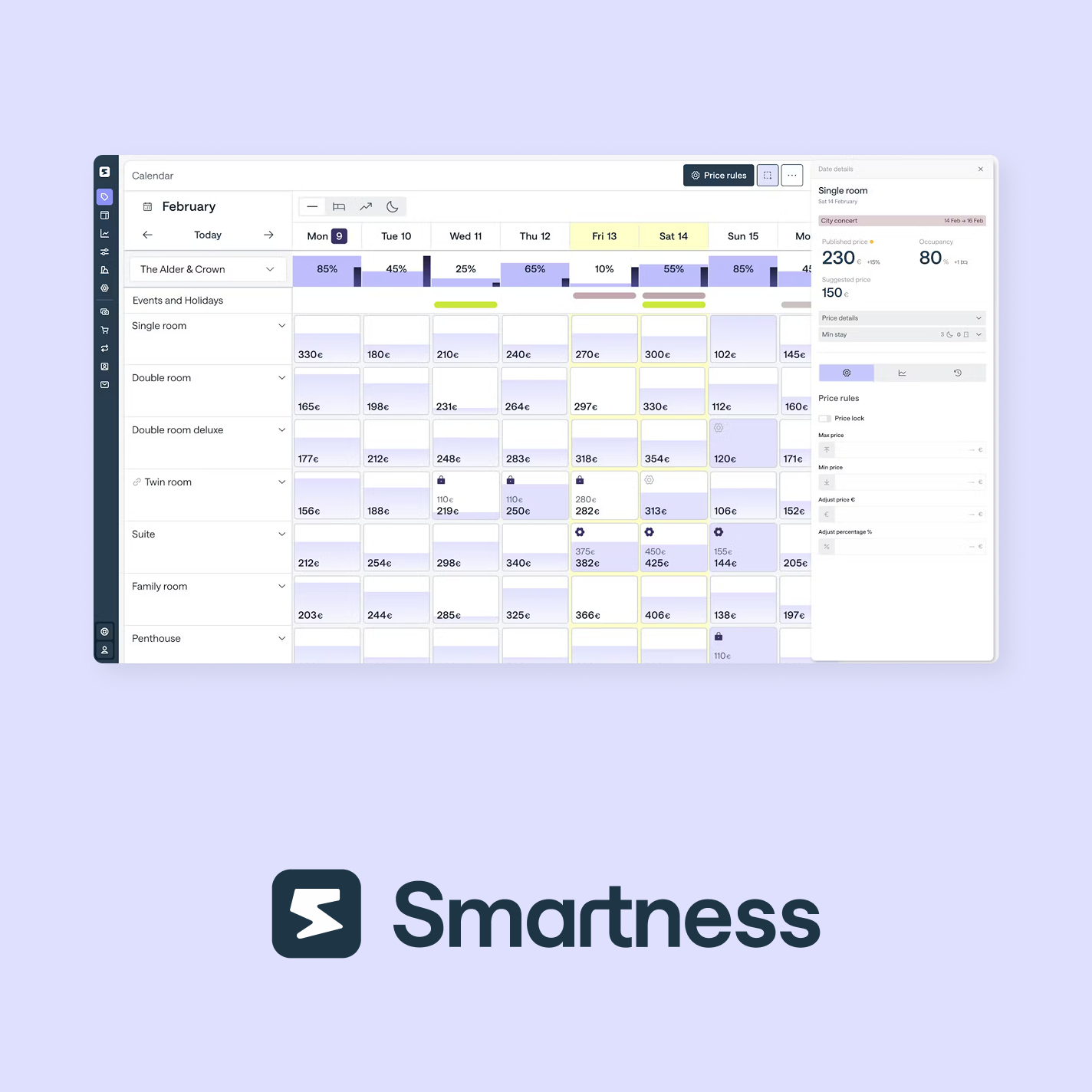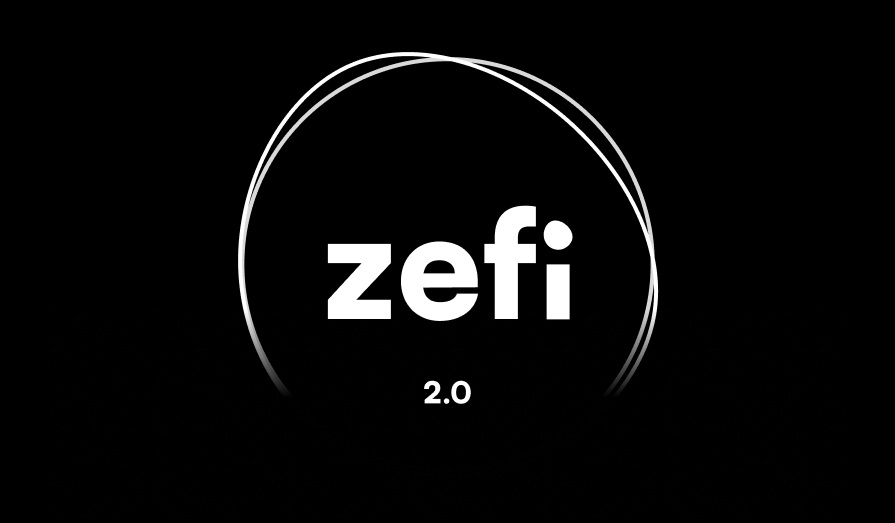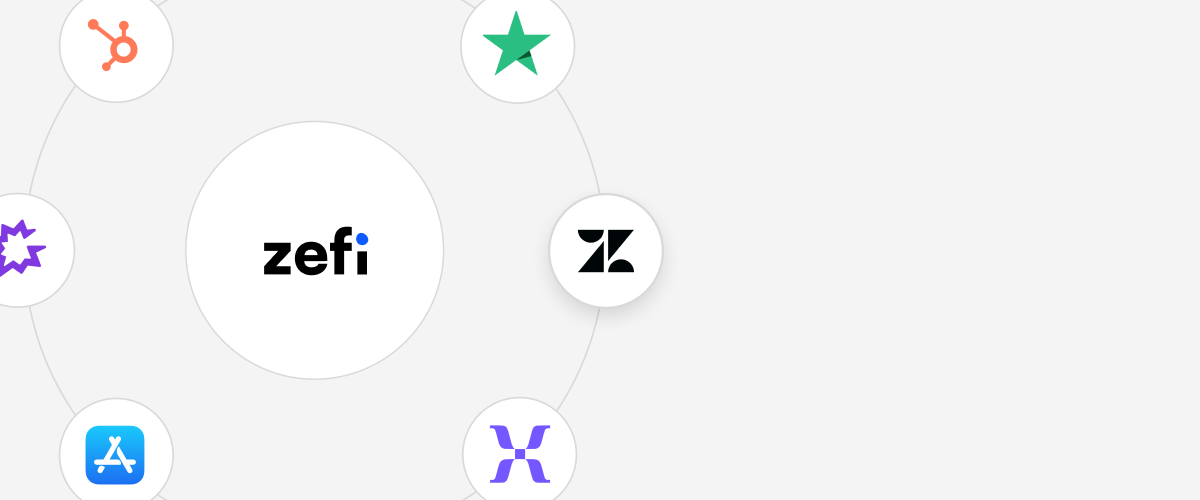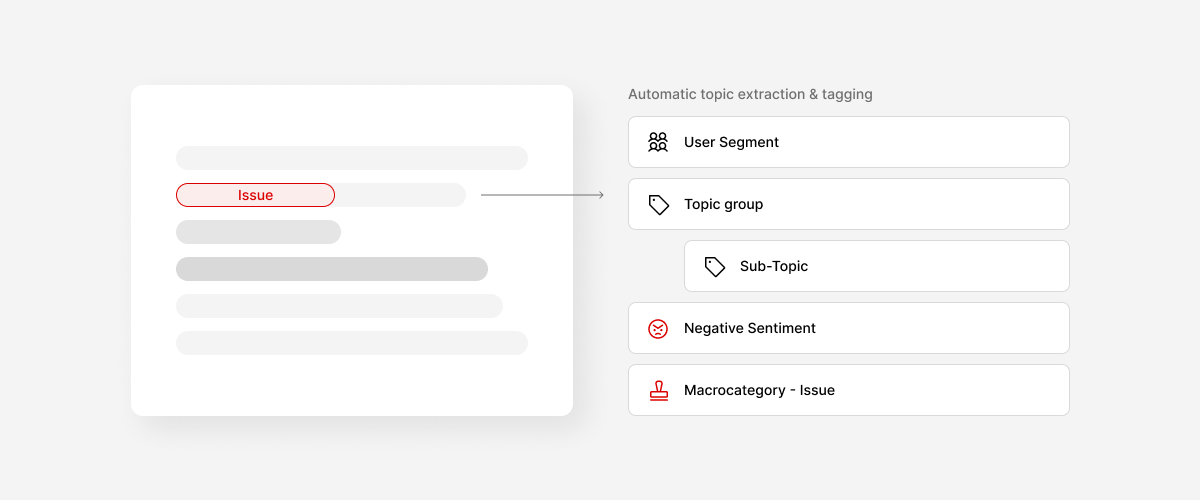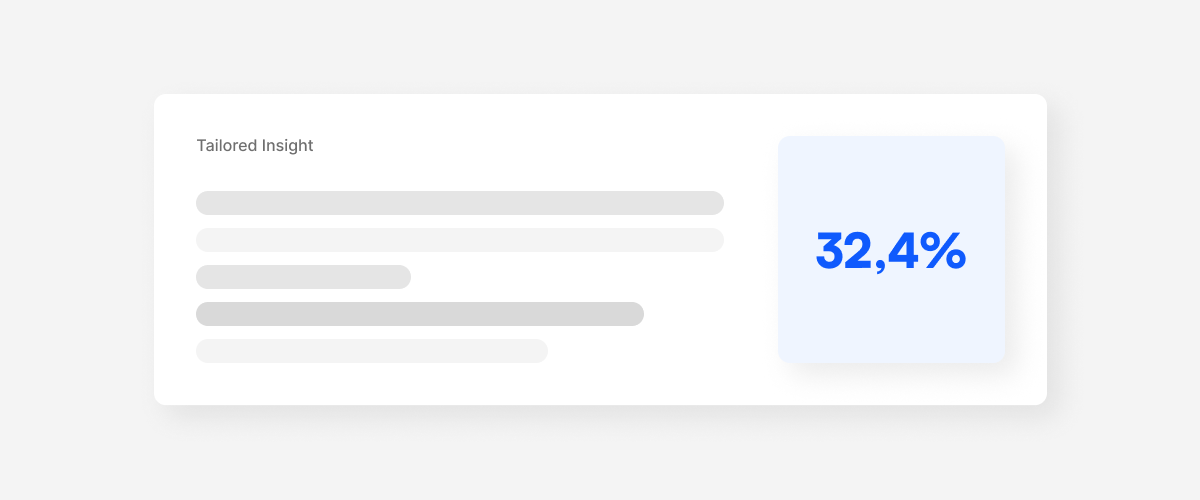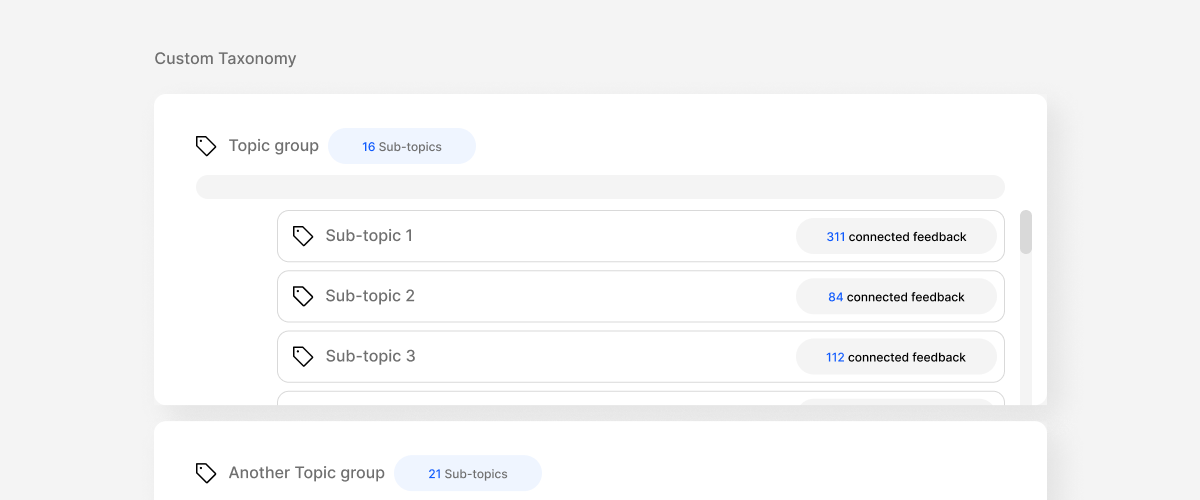Backlog Grooming: Keeping Your Product Development on Track
What is Backlog Grooming?
Backlog grooming is a regular meeting where product managers, product owners, and team members collaborate to discuss, review, and prioritize items in the product backlog. This process ensures the backlog stays up-to-date and prepared for upcoming development sprints. It also allows product managers to explain and align the organization with the strategy behind the backlog items.
Benefits of Backlog Grooming:
- Maintains a clean and manageable backlog: Regular grooming prevents the backlog from becoming cluttered with outdated or irrelevant items, making it easier for the team to navigate and contribute efficiently.
- Ensures backlog relevance: Backlog grooming guarantees that the backlog reflects current needs and priorities, focusing on initiatives that are relevant, well-documented, and aligned with customer and organizational goals.
- Improves team communication: A refined backlog fosters clear communication across teams, preventing ambiguity and miscommunication that can lead to bad product decisions.
- Boosts work velocity: A well-groomed backlog empowers the team to deliver features faster by reducing planning time and enhancing overall productivity.
Who's Involved?
- Backlog Owner: Typically the product manager or product owner leads the session and ensures smooth execution.
- Facilitator: While not mandatory, project managers, Scrum Masters, or other team members can facilitate the session depending on the organization's structure.
- Core Participants:
- Product representatives
- Lead engineers
- Customer success, support, and QA representatives for valuable user insights (you can save precious hours to these teams using a VoC solution like Zefi to extract and share valuable user insights)
Best Practices for Effective Backlog Grooming:
- DEEP Backlog:
- Detailed Appropriately: Items closer to execution require more detailed understanding, while future items can have less detail.
- Estimated: Top priority items need accurate effort estimates, while lower priority items receive rough estimates due to lower understanding.
- Emergent: The backlog evolves with new user insights, adapting to changing customer needs.
- Prioritized: Items are ranked based on business value and alignment with strategic goals, with the most valuable prioritized first.
- Shared Item Qualities:
- Description: The objective of the backlog item.
- Value: The business value assigned by the backlog owner.
- Order: The prioritization level.
- Estimate: The effort required to complete the item, defined by the delivery team.
- Categorization:
- Development Backlog: Technical tasks and features.
- Product Backlog: Visionary product goals and features.
- Insights Backlog: User feedback, research, and observations.
- Preparation:
- Understand the value and alignment of features with the product roadmap and company strategy.
- Consider stakeholder and customer priorities.
By implementing backlog grooming effectively, you can ensure a well-organized and relevant product backlog, fostering clear communication, increased productivity, and ultimately, a successful product development journey.









